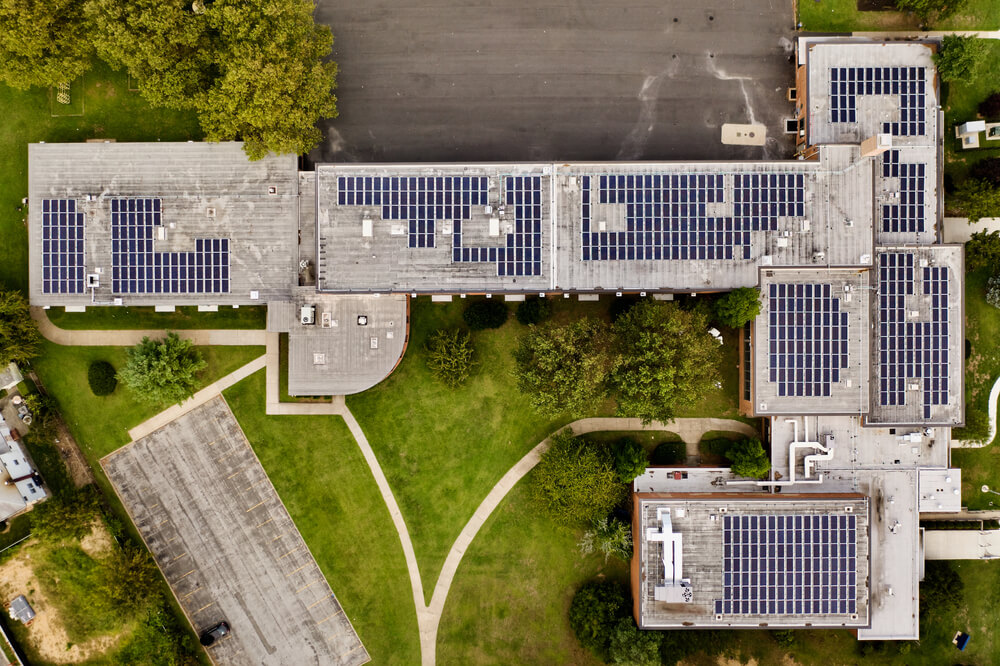ImpactAlpha, Dec. 6 – When the city of Atlanta issued $370 million of what it called “social bonds” in December 2022, the sale’s official statement contained plenty of helpful details. Proceeds from the bond sale would be used for projects in the parks department, public art, transportation and pedestrian safety, among others. The projects had been identified as part of a framework that incorporated city goals like affordable basic infrastructure, access to essential services, and socio-economic advancement and empowerment.
What was a bit thinner, however, was details on measuring the outcomes of those projects.
“The whole space around environmental, social and governance (ESG) investments is really not very well defined,” Atlanta Treasurer Courtney Knight said in an interview.
“There’s no common system for measuring impact,” Knight added. “Without a uniform system for measurement, the market itself is growing and developing in different ways. We wanted to take a leadership role in the bond market and be very scientific about developing a specific set of measurements around the impact of our investment.”
Thanks to a new program, Knight’s team has the chance to tackle that goal. Atlanta was chosen as one member of the first cohort of the Municipal Bond Markets and Racial Equity Framework technical assistance and grant program, an undertaking of the Public Finance Initiative.
The program is the latest in the nonprofit’s wide-ranging effort to nudge the $4 trillion municipal bond markets to address systemic inequities. Early this year, Public Finance Initiative released a framework for municipal bond issuers that lifts up the best practices for embedding racial equity in municipal bond-funded projects and capital investments. The new cohort of issuers will test the guidance, including ways to communicate racial equity efforts with investors.
“They’re all thinking intentionally that there’s a deeper and different way to integrate racial equity,” Germán told ImpactAlpha earlier.
Centering racial equity
Participants in each six-month program will receive training and technical assistance toward their individual goals, and will help issuers collect, measure, and assess data on how they perform. One tool that’s already emerged from PFI’s work, and which will be used by participants in the new program, is a scorecard designed to help governments understand the racial equity and social impacts of proposed bond issuances.
The $4.1 trillion municipal bond market is one of the more staid and unsexy corners of Wall Street, but it’s the backbone of communities across America. “Capital investments” can refer to anything from public works projects to transportation, parks, school funding, and much more.
In a recent public appearance, Lourdes German, PFI’s executive director, said one of the drivers of work toward the framework was the opportunity to “really consider the power of that money, that purse, to drag catalytic change in one of the most difficult and entrenched areas that we know is hard to move the needle on.”
Alongside Atlanta, most members of the cohort are cities, such as Dallas and Bloomington, Minnesota. Other issuers represented include the Nevada Municipal Bond Bank, a county (in Washington state), and a water district (in Southern California).
All the participants came to the program with different goals, German told ImpactAlpha. Some wanted to work on “the way they tell the story to investors that don’t often see the racial equity story in the project itself,” she said.
The city of St. Paul, for example, needed to replace city trees devastated by an invasive insect. With a slew of evidence that poorer, often minority, communities are particularly at risk to the effects of climate change, centering the project around underrepresented parts of the community had particular resonance for the city, which wanted to make sure its intentions were communicated to the bond market.
And while the members of the initial cohort are larger cities and entities like the massive Metropolitan Water District of Southern California, the hope is that eventually the learnings from this round can trickle down to smaller communities which have not yet begun to tackle the kind of work done by better-resourced cities and counties.
Pricing benefit
Smaller areas, which may also be more rural or less economically privileged, may need help simply starting the process of centering equity in their capital plans, German said.
German and others also hope the program will allow them to test the cost-benefit analysis of incorporating an equity lens into bond offerings. The municipal market is notoriously starved for supply: investors prize the tax exemption that muni bonds offer, while state and local governments are judicious about taking on additional debt.
In 2022, for example, $391 billion of muni bonds were sold, according to SIFMA, roughly the same amount as in 2012, in the waning days of the Great Recession. That lack of supply helps issuers like Atlanta: the social bond deal was oversubscribed by more than 3 times on various maturities, and paid interest rates of just 3.17% to 4.38% for the longest-dated bonds.
High demand for muni bonds in general may also mean that issuers don’t have to do the hard work of ensuring their bonds have “social” labels or ESG principles in order to find willing buyers. But program participants are happy to put in the work anyway. “I disagree that many investors don’t care,” German said. “I think it’s difficult to prove deal by deal. One of the things we find is that issuers very much want to test the question of, will I see a pricing benefit?”
Social-equity evolution
German may be proudest of what she calls the “transformative” work being done at the local level in a political environment that’s often unsupportive of ESG efforts.
“Gathering data and strengthening and enhancing these processes is not easy and they are choosing to do this work even when they don’t have to, voluntarily and in a way that’s really thoughtful,” German said. “That may be the big takeaway – looking back in 20 or 30 years, will we say, ‘this place was made better in some way because of the steps we took back then’?”
For Courtney Knight, who works in city government in what some consider the cradle of the civil rights movement, the effort is inspiring.
“The concept of social equity is part of Atlanta’s very being,” he said. “It has evolved since the civil rights movement to a modern conversation of what we’re now talking about in terms of social equity in the muni bond market. This is a very interesting evolution of a very longstanding topic for the city of Atlanta.”











